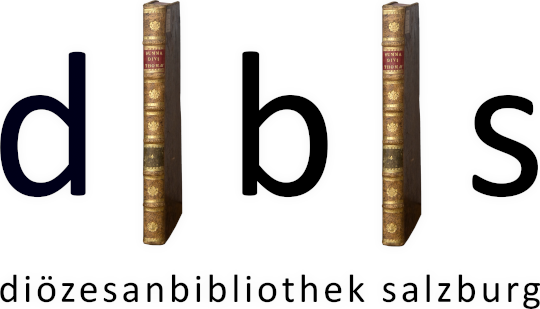Johann Sebastian Bach
mini|Johann Sebastian Bach 1746, mit [[:Datei:Canon triplex.png|Rätselkanon (Zweitversion des Ölgemäldes von Elias Gottlob Haußmann) rahmenlos]] mini|Bachs eigenhändiger Namenszug auf dem Deckblatt der Kantate ''Gott ist mein König'', 1708. Er schreibt sich hier italienisch als ''Gio. Bast. Bach'' (= Giovanni Bastiano Bach) mini|Bachs selbstentworfenes Siegel mit den spiegelbildlich ineinander verwobenen Anfangsbuchstaben seines Namens, JSBJohann Sebastian Bach (* in Eisenach, Sachsen-Eisenach; † 28. Juli 1750 in Leipzig, Kurfürstentum Sachsen) war ein deutscher Komponist, Violinist, Organist und Cembalist des Barock. In seiner Hauptschaffensperiode war er Thomaskantor und Musikdirektor zu Leipzig. Er ist der prominenteste Vertreter der Musikerfamilie Bach und gilt heute als einer der bekanntesten, fruchtbarsten und bedeutendsten Musiker. Insbesondere von Berufsmusikern wird er oft als der größte Komponist der Musikgeschichte angesehen. Zu seinen bekanntesten Werken gehören ''Toccata und Fuge d-Moll'', ''Das Wohltemperierte Klavier'', die ''Brandenburgischen Konzerte'', viele Kirchenkantaten, die ''Johannes-Passion'', die ''Matthäus-Passion'', das ''Weihnachtsoratorium'', die ''h-Moll-Messe'' und ''Die Kunst der Fuge''. Seine Werke beeinflussten spätere Komponistengenerationen und inspirierten musikschaffende Künstler zu zahllosen Bearbeitungen.
Vom zeitgenössischen Musikpublikum wurde Bach als virtuoser Musiker und Improvisator sowie als Orgelsachverständiger hoch geschätzt. Als Komponist rangierte er jedoch im Ansehen der damaligen Musikwelt unter dem anderer Komponisten wie Händel, Telemann und selbst Graupner. Nur wenige von Bachs Kompositionen erschienen zu seinen Lebzeiten im Druck (wie aber auch bei vielen anderen Barockkomponisten der Fall), und der Großteil seiner Werke geriet nach seinem Tod jahrzehntelang weitgehend in Vergessenheit. Damals war es unüblich, Werke aus der Vergangenheit noch weiter öffentlich aufzuführen. Musikkennern waren Bachs Werke für einzelne Soloinstrumente jedoch weiter bekannt und wurden als Hausmusik gespielt. Einzelne seiner Schüler und wiederum Schüler seiner Schüler führten die Tradition der Bach-Werke fort; die Komponisten der Wiener Klassik setzten sich mit Teilen seines Œuvres auseinander. Ab Ende des 18. Jahrhunderts wurden verschiedene Vokalwerke Bachs durch die Sing-Akademie zu Berlin wieder aufgeführt. Mit der Wiederaufführung der ''Matthäus-Passion'' unter der Leitung von Felix Mendelssohn Bartholdy im Jahre 1829 begann die Bach-Renaissance. Seit der Mitte des 19. Jahrhunderts gehören Bachs Werke in der ganzen Welt zum festen Repertoire der „klassischen“ Musik.
Johann Sebastian Bach hatte insgesamt 20 Kinder (neun Töchter und elf Söhne), sieben aus seiner ersten und 13 aus der zweiten Ehe, von denen allerdings die meisten schon im Kindesalter starben. Vier seiner Söhne, die sogenannten Bachsöhne, wurden ebenfalls bedeutende Musiker und Komponisten. Veröffentlicht in Wikipedia
1
Partitur
Buch
2
Partitur
Buch
3
Partitur
Buch
4
5
Partitur
Buch
6
7
von Bach, Johann Sebastian, Schwanthaler Vocalensemble, Concerto Stella Filante, Bach, Johann Sebastian
Veröffentlicht 2017
Veröffentlicht 2017
Software
CD
Audio
8
Buch
9
10
11
Partitur
Buch
12
Software
CD
Audio
13
14
15
Partitur
Buch
16
Partitur
Buch
17
Partitur
Buch
18
von Internationales Symposium Deutsch-Italienischer Studien 2000 Meran, Cotteri, Roberto
Veröffentlicht 2002
Veröffentlicht 2002
Tagungsbericht
Buch
19
20
